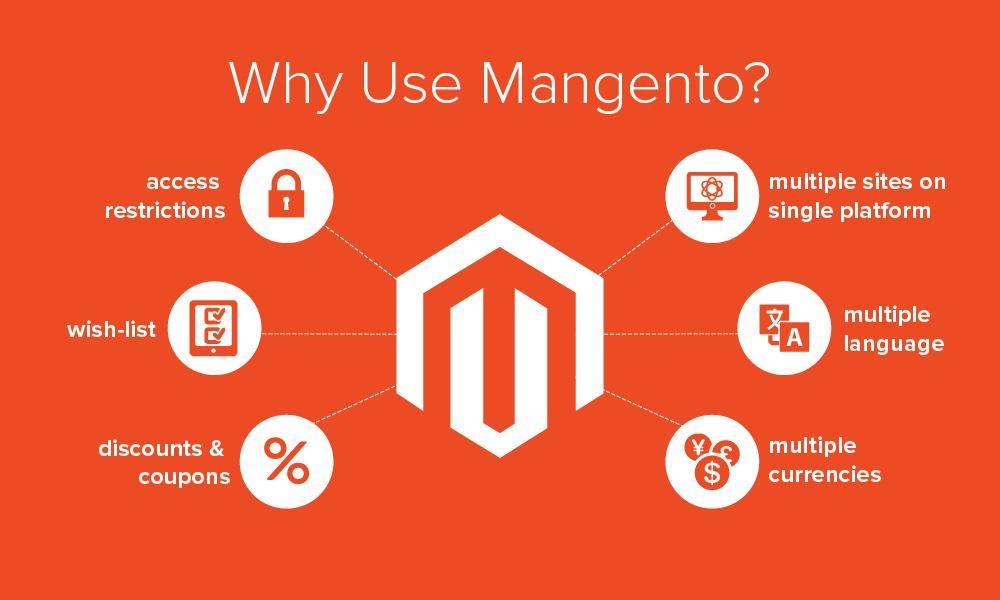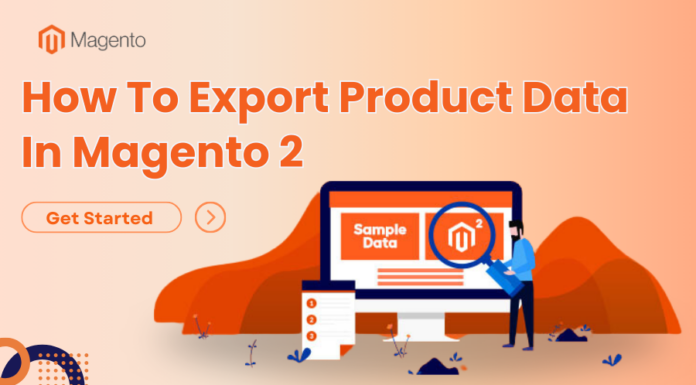
We are currently the biggest market operating and virtually living online. From basic necessities like food to almost anything, everything is available online. According to recent e-commerce statistics, the e-commerce market is thriving. More than 95% of all purchases worldwide would be made through e-commerce by 2040.
Therefore, there is no denying that selling online is competitive when there is a vast market space available and a variety of options to choose from. As a marketer, it is essential to understand that putting up a website doesn’t guarantee an instant influx of customers. Instead, you have to be at the leverage of your e-commerce platform to provide the ultimate shopping experience that your customers demand.
So when it comes to choosing one, leading e-commerce platforms Magento and BigCommerce stand out. However, depending on your business needs, both platforms have important differences that need to be addressed. For instance, the fundamental difference between Magento and BigCommerce is that where BigCommerce is a SaaS (Software as a Service) cloud-based solution, Magento is a PaaS (Platform as a Service) open-source solution.
Hence, whether you are starting out in the field or researching to switch platforms, you need to make a choice that best fits your business need. Let’s have a look at a step by step guide to migrate from BigCommerce to Magento if that suits your business type.
Table of Contents
How to Migrate from BigCommerce to Magento
When it comes to e-commerce usage statistics, Magento ranks highest (as shown in the following image).

The following are some essential steps needed to be taken in order to make migrating from BigCommerce to Magento a smooth and aligned process.
Step 1: Creating a Source Cart Set-up for BigCommerce
The first step that needs to be taken is to set up your BigCommerce as a source cart. For setting up BigCommerce as a source cart, you need to select BigCommerce as the source cart from the dropdown list. Enter the URL and follow the given instructions to receive your API information.
Step 2: Setting up Magento as Target Cart
The next step is to set up Magento as a target cart. Therefore similar to step one, for setting up Magento as your target cart, you have to select it as a target cart from the dropdown menu. Then enter your Magento URL to get your API information for which the instructions will be provided.
Step 3: Selecting data
Next in line is the step where you have to select the data that you want to migrate. Start by picking the units that you want to migrate from one platform, which in this case is BigCommerce, to another that is Magento.
The languages and status of your orders on the screen would be automatically matched together to be displayed in correspondence to the new store. This will help build a new setup in an automated fashion.
Step 4: Performing full migration
Now that all your setup is complete for both source cart and target cart and you have selected the key data units that you want to transfer, you are ready to perform the full migration process of converting from BigCommerce to Magento. A simple method on its own that just requires a little prerequisite input.
There is no need to worry about the process pausing or stopping because once you kick off the migration process, it will continue even if you turn off your browser performing the operation. The process is automated, aligned, and smooth. Your data would transfer from one to another, just as you expect.
Additional Options
The following are some additional advance options available to the user migrating from BigCommerce to Magento that be used to further simplify the process that has been completed.

Clearing data
It is advised by the migration experts that the user deletes the current data they may have selected to transfer from the target store. Data like product codes, customers, order dispatches, images, etc. are saved at the target store and should be deleted after the migration.
Tip: Performing a demo migration should help in clearing any confusion. The test data would be removed once you are done.
Creating redirects
Creating a redirect is an efficient way to integrate when migrating. It will allow you to redirect all your previous data types of products and categories through a URL from the source store to the target store. Also known as an SEO URL migration, it helps in sending the user from one URL to another automatically.
It makes up an efficient way of creating a connection with your customers and the search engine system, sending out the message that the page has been removed. A redirect would take up a few seconds and send the viewer to your newly appointed URL.
Creating product variants
You even have the option to create variant products based on the collective and combined options. The migration would enable the products to be configurable. Once you complete the process, you can handle creating different combinations and variant products through a new webpage design catering to your customers.
Migrating all products & categories
This option is necessary from images of products, categories, descriptions, and blog posts to migrating invoices, credit memos, and shipments. It works like your one final settlement of the new house that you just bought. It takes all your images from the source store to the target store and even invoices with carriers.
You can even transfer additional images rather than just the thumbnail version making the transfer even easier without any manual hassle or effort. The whole process becomes easier to follow and start fresh on the other end of the new page setup that your customers would be following.
Conclusion
All in all, like any other transfer, migration of BigCommerce to Magento has a designated cost assigned to the process. However, the amount itself depends on the number of units or entities that the user is transferring in one go. Otherwise, it is fairly easy to follow the process with a guaranteed change promised.
Author Bio
Samantha Kaylee is currently working as an Assistant Editor at Crowd Writer, a great platform to get dissertation help online. She has had significant experience working with open source e-commerce platforms as a part of her previous jobs. She shares her expertise and opinions in this regard on her blog.











![[SALE OFF] Discount 30% All Premium Extensions On Christmas And New Year 2025 christmas-and-new-year-2025](https://landofcoder.b-cdn.net/wp-content/uploads/2024/12/christmas-and-new-year-2025-1-218x150.png)






